The next stop in our journey around Latin America was Peru, the cradle of the ancient Inca civilization, a country with incredible history and magnificent natural landmarks. We decided to stay in Lima, as it’s easier to study the culture and feel the rhythm of local life living in the capital.
We usually spend a month in every city. But getting ready for the trip, we read a lot about Lima and figured that there was, presumably, not much to do there, so we decided two weeks would be more than enough for a visit to the capital. After Uruguay, we started to miss beaches, and planning our trip to Peru, we already thought about the next stop, a total resort.
History of Lima
Lima is the largest city in Peru as well as the country’s cultural and economic centre. The capital is located on an elevation along the Pacific coast in the foothills of the picturesque Andes.
Unlike many other Latin American cities, civilization appeared here long before the arrival of Spanish conquistadors. According to archaeological excavations, the first settlement on the territory of the present-day capital dates back to approximately 3200 BC. For centuries, the area had been inhabited by the Ishma people, who engaged in arable farming and fishing. Later, the territories were occupied by Incas and officially joined their empire in the 15th century.
In 1535, Spanish troops led by Francisco Pizarro conquered the territory of present-day Lima. The conquistador founded a city there and named it Ciudad de los Reyes (City of Kings). However, the Spanish name failed to take root. The indigenous Ishma population called the settlement Lima after the valley where one of the largest Indian sanctuaries was situated.
The city was expanding and officially became the capital of the Viceroyalty of Peru by 1543 already. Thanks to its convenient location and access to the sea, Lima quickly turned into the country’s economic and political centre. The city got richer and richer every year until a series of misfortunes befell it.
In 1687, the capital was seriously damaged by an earthquake. While the reconstruction was underway, Lima lost its commercial significance. The next earthquake of 1746 shook the city even worse. Nevertheless, it managed to keep its status and became the capital of the independent Republic of Peru in 1821.
The beginning of the 20th century was a period of a harsh economic crisis in the country. Inflation, low salaries, a high unemployment rate… Only by 1930, the government managed to stabilize the situation, but almost all of their efforts were brought to nought by the new earthquake of 1940.
The unstable economy didn’t stop the flows of immigrants. From 1940 to 1980, the population of Lima increased by over 4 million people, most of which were refugees from poor mountain areas, which led to the formation of a huge shanty town around the city.
Today, the capital of Peru has a population of over 9 million people. Lima is a huge, colourful, rapidly developing metropolis combining unique culture, ancient history, and modern amenities.
Leisure and Walks with Kids
Having landed at the airport of Lima, we took an Uber taxi straightaway—which, by the way, works excellently in Lima. We prefer to use this service during our trips, as it’s simple and neat, and we don’t have to argue and haggle with local taxi drivers. We split into two cars: Helen took the first one packed with our luggage and Michael Sr and the boys took the other one.
The road to Miraflores—the district where we rented a flat—was long. We were looking at the city through the taxi windows and were shocked by what we saw. The area around the airport was neglected. It was all wasteland and slums. Observing all that, we started to worry that two weeks there was too much. As it was because of a low standard of living and a lack of interesting landmarks that we didn’t go to Panama, Belize, and many other countries in Central America.
But as we were coming closer to the central part of the city, the scenery got more inspiring. Dirt and ruins were replaced by clean streets, old colonial buildings, and an incredible panorama of the ocean.
That’s where our spacious, greatly furnished flat with a view of the surroundings was situated.
After unpacking our bags and taking a little rest, we went exploring one of the oldest cities in Latin America. The more time we spent in the city, the more streets we walked along, the happier we became. It turned out that Lima’s tourist districts can boast a very well-thought-out infrastructure—ramps for prams and wheelchairs, an abundance of pedestrian crossings and traffic lights, wide pavements
Lima has signboards “Take your hand off the horn”. Drivers in the capital really honk with or without a reason, so it was nice to see people working to improve the situation.
Not every European capital has such amenities, to say nothing of Latin American countries.
Michael Jr and Robert were still night owls, and late evening walks were the only way to tire them and put them to bed. We had already got used to walking through completely empty streets accompanied only by the sound of our own steps.
But to our surprise, the capital of Peru didn’t become deserted after sunset. Shops, cafes, restaurants were open till late, and there were people everywhere on the streets. Parks and quite good playgrounds—though there were only a few of them—closed in the evening, but it was allowed to play there not until 6 pm, but till 10-11 pm. We were pleased to find that.
In Peru, we also cаught the carnival season. This time we did not really follow the schedule of festivities. But every time the sounds of music came from the street, we would drop everything and run to watch the performance.
Miraflores District
Miraflores is one of the city’s most popular districts where almost all travellers choose to stay. A settlement was founded on this site in the 16th century as a separate town which became part of the capital only in 1857.
Spanish colonizers were not the first inhabitants of the lands. There was a civilization before the Common Era already. Huaca Pucllana, an old pyramid located in the heart of the tourist district, testifies to the fact.
The construction once belonged to the representatives of the Lima Culture, and only rulers and pagan priests were allowed to enter the territory. All seven tiers of the pyramid are built of clay bricks which had been layered upon each other for centuries and remained almost intact. The size of the construction is truly impressive—it’s taller than most modern buildings.
There are wide paths for tourists between the ruins, and in some places, there are also interesting installations demonstrating the scenes from ancient people’s life, including the process of brickmaking, sacrificial offering, etc.
Miraflores is situated on a cliff above the beaches. There’s a long promenade starting from the entrance to the city, crossing the whole district, and ending by the edge of the rocks. It became our favourite place for walks. The whole promenade is, in fact, a large observation platform with parapets and steps going down to the beach, and any point of the waterfront offers a stunning view of the unquiet ocean waters.
It’s interesting that rocks and boulders are covered with a net protecting them from landslides. Besides, entering Miraflores, we saw a special barrier that is closed in the case of a hurricane or tsunami, so the districts located on the hill remain safe even if the beaches are flooded or get under a wave. Taking into account the number of natural disasters that the city had already had to face, we were pleasantly surprised to see such precautionary measures.
Lima turned out to be a green city. There were lots of large and small parks.
We even managed to find a few nice playgrounds, where the boys loved spending time. Unfortunately, there are not many playgrounds here, but at least they don’t close at sunset.
One of the most famous parks in Miraflores is Love Park. A small but well-arranged green area is located on an elevation, which is why it’s also one of the best observation platforms in the city. It’s especially wonderful to walk here at sunset when you can relish the bright colours of the setting sun.
Along the park, there’s a long wall with benches fully covered in fine colourful mosaics inscribed with quotes about love in different languages. To emphasize the romantic atmosphere of the place, a monument to a kissing couple called The Kiss is placed in the centre of the park.
Another place that we liked was Kennedy Park. The spacious area is remarkable not only because of its thought-out infrastructure and a bust of the American president but also because of its unusual inhabitants. Hundreds of cats of different sizes, breeds, and colours live here—no wonder the place is dubbed Cat Park.
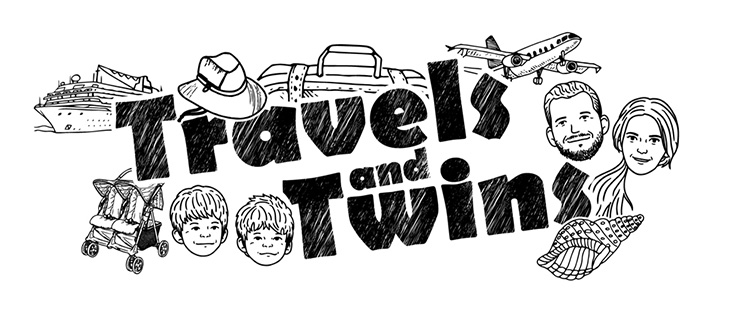
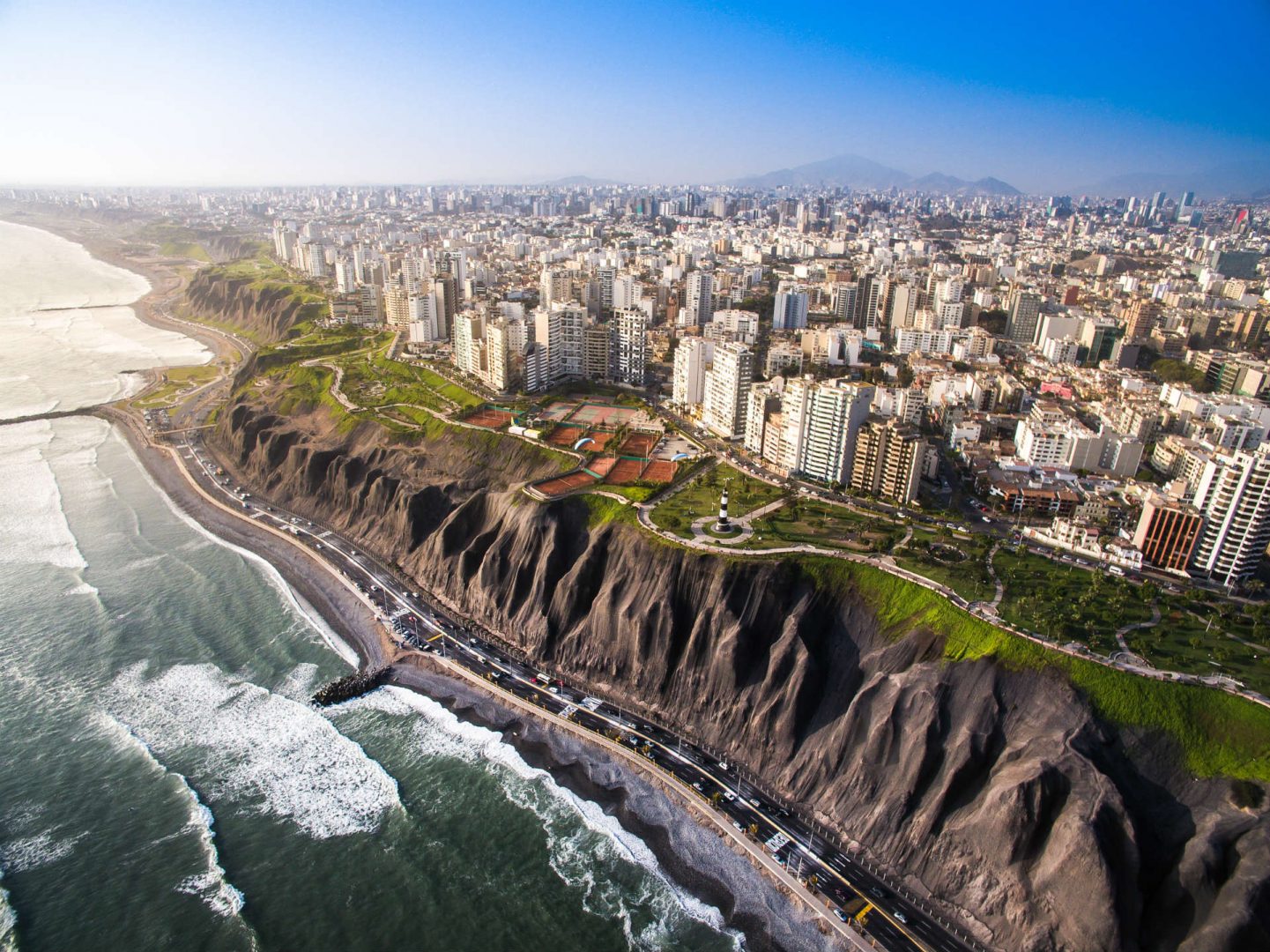
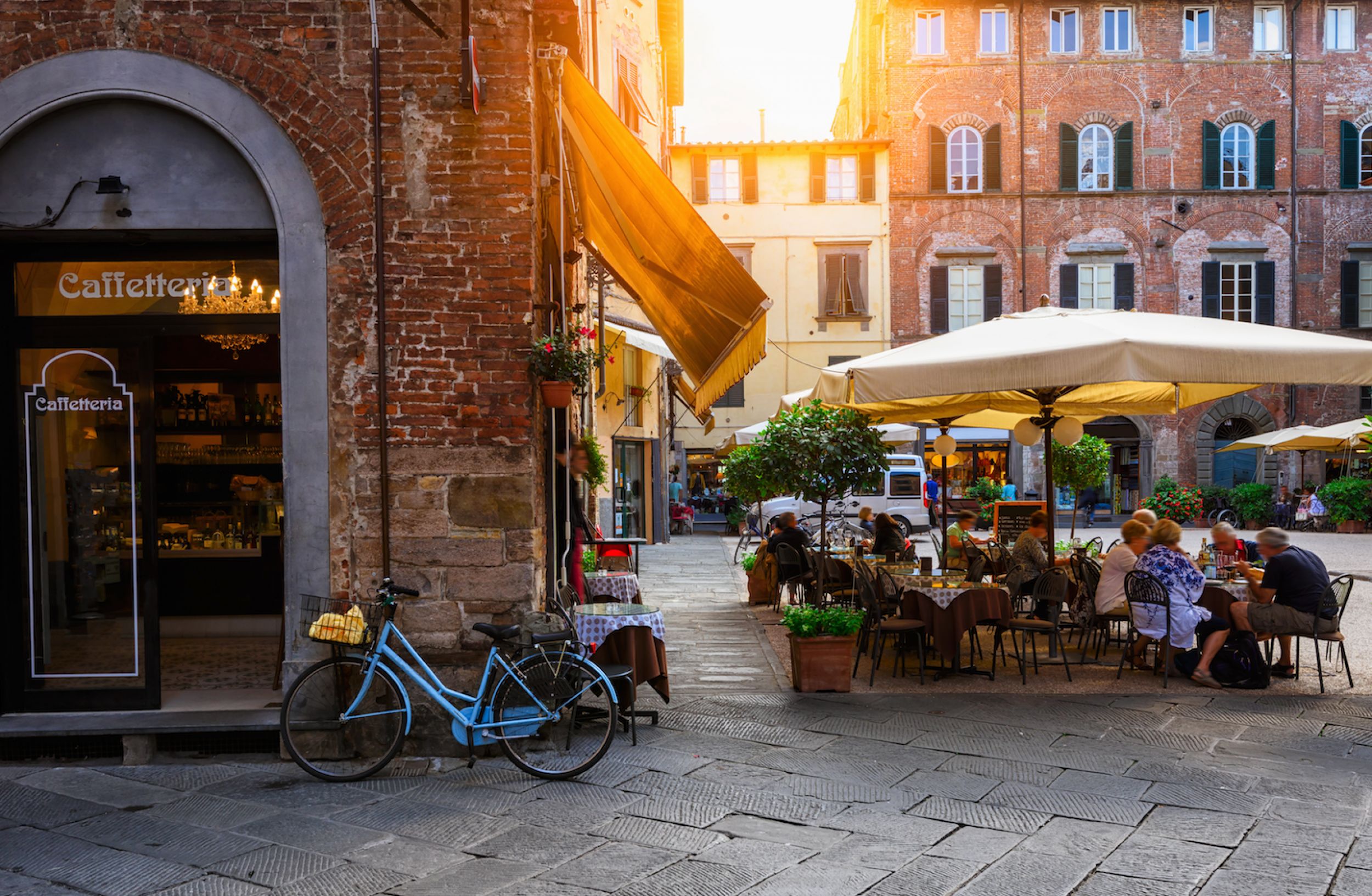
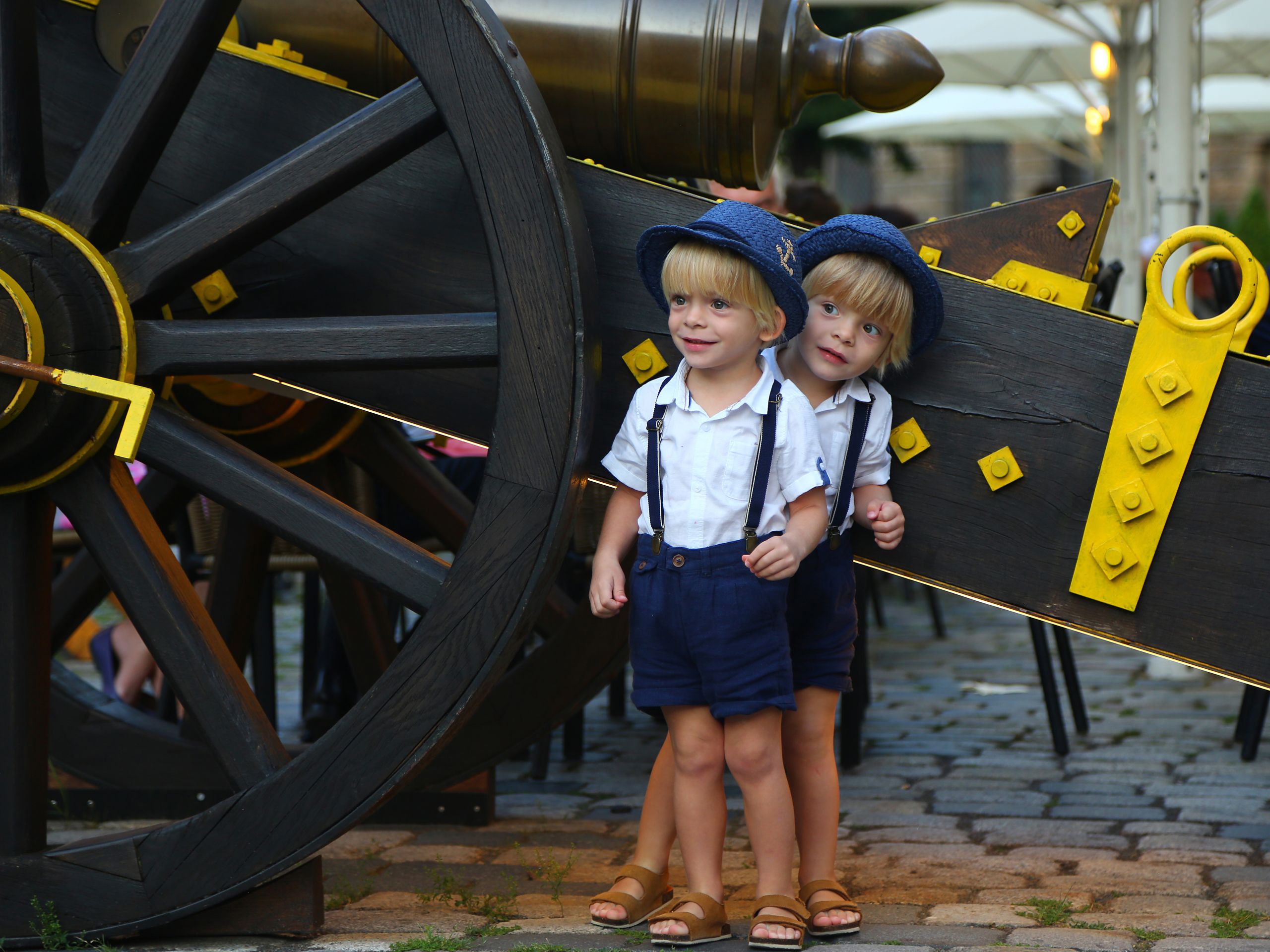

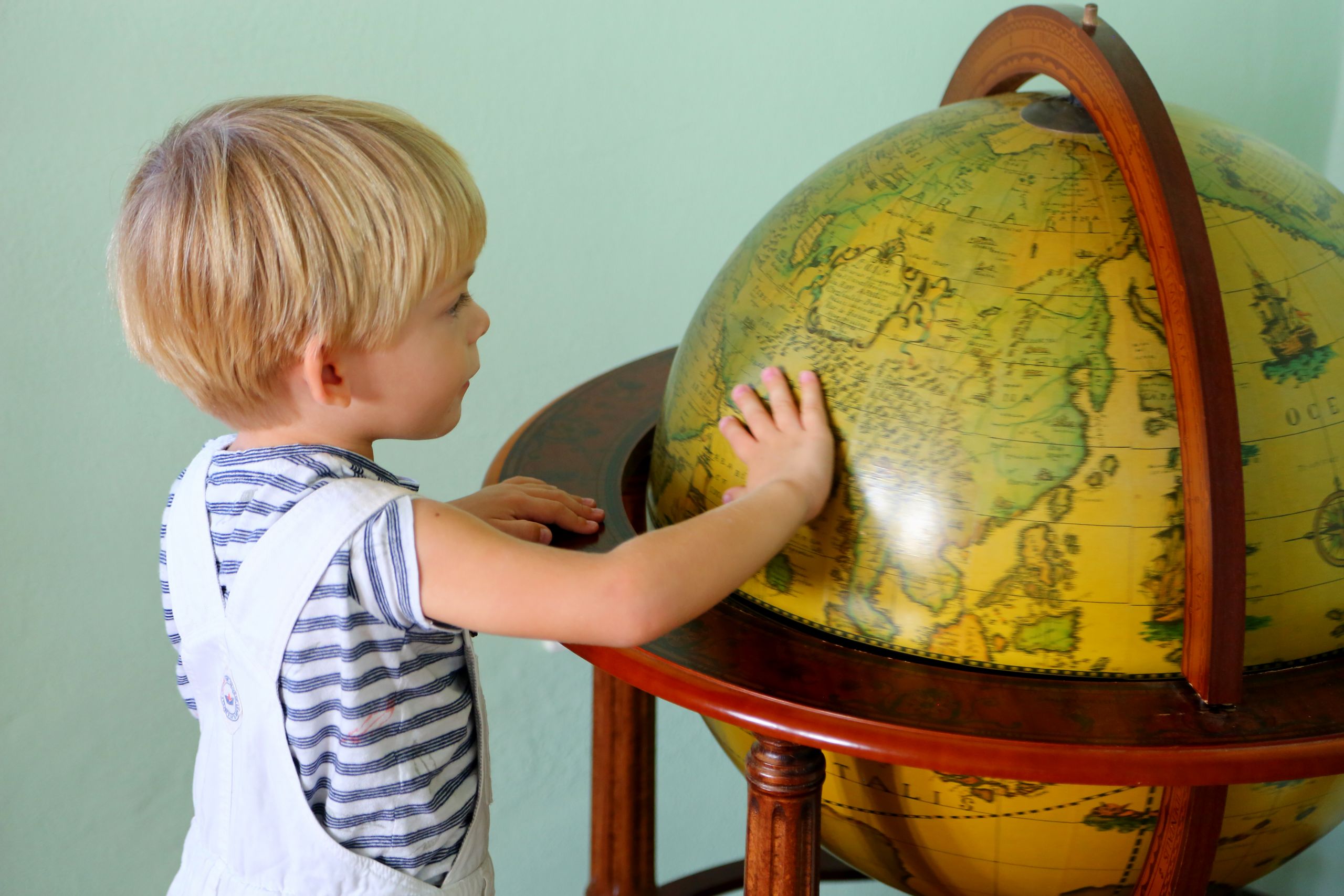
Leave A Comment